
 Maryland State Archives & Chesapeake City (http://chesapeakecity.com/)
Maryland State Archives & Chesapeake City (http://chesapeakecity.com/)
Chesapeake City is a small, waterfront village in Cecil County on Maryland’s northern Eastern Shore. Originally named the Village of Bohemia, or Bohemia Manor, by the explorer, merchant, cartographer, and canal visionary Augustine Herman, the town was permanently separated into north and south sections by the inevitable construction (1824-1829) of the Chesapeake and Delaware Canal. In 1839, the town changed it’s name to reflect the bustling little hot spot it had become.
In 1927, the canal was made sea level and the two sections of the Chesapeake City were connected by a drawbridge that lasted until 1942, when a southbound oil tanker crashed into the southern abutment.
The replacement bridge opened in 1949, about the same time as it’s upriver twin in Saint Georges, Delaware. Both structures needed to be tall enough to allow supertankers to pass beneath, so they incline to a height of 350 feet so quickly that many drivers, and even passengers, feel disoriented and intimidated.
Local business plummeted after the new bridge was built. The town became severely depressed for a couple of decades, but a group of concerned citizens eventually made an all out effort to revive their once active village, and in 1974 the town was placed on the National Register of Historic Places.
Today, the town contains numerous old homes that have been converted into elegant bed and breakfasts, restaurants for every taste and price range, quaint shops offering unique wares at reasonable prices, and even the local historical museum.

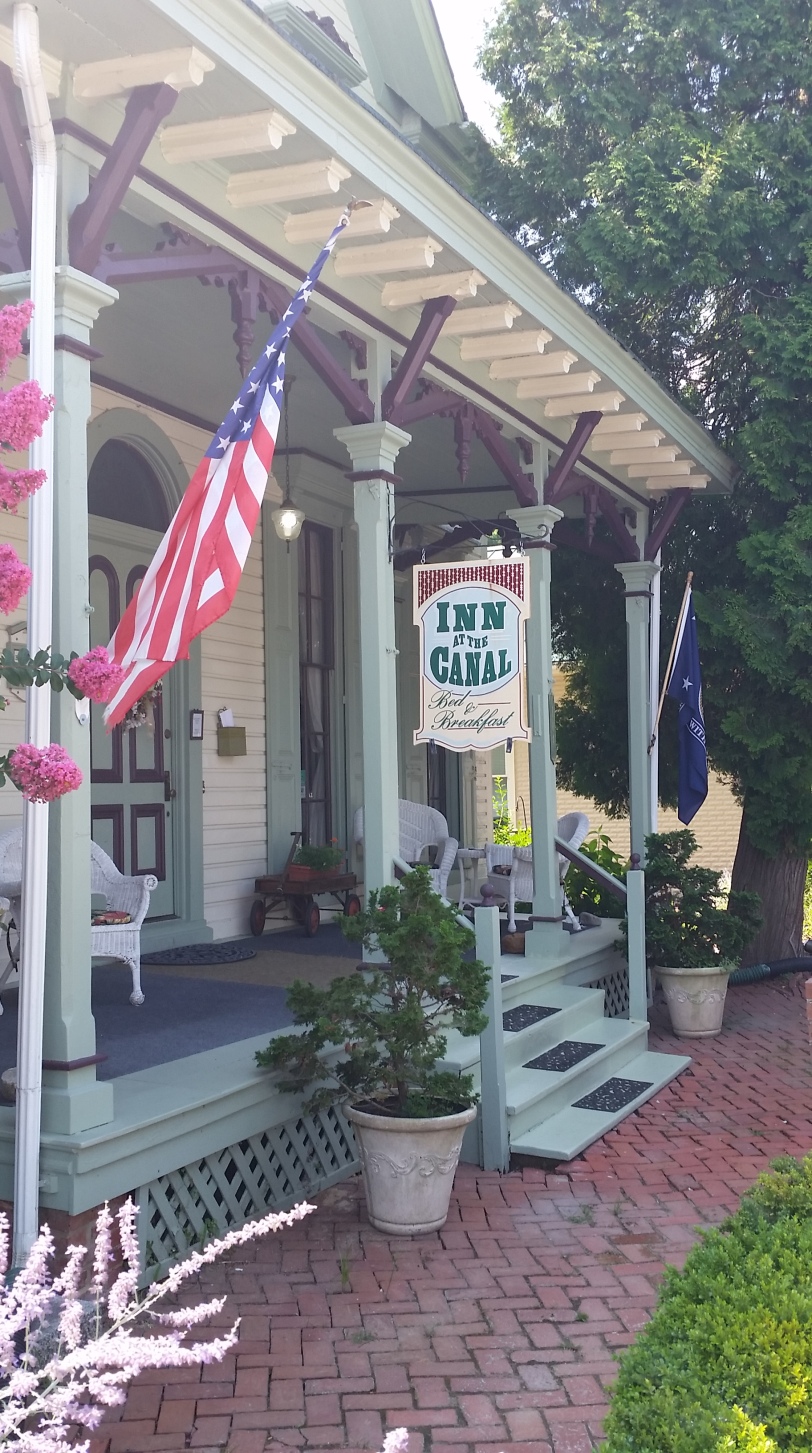
The Inn at the Canal Bed & Breakfast at 104 Bohemia Avenue was built in 1876 by canal mule-barge operator Henry Brady to celebrate the birth of his first son. According to their website, “the residence is the largest and most ornate on the street, a Victorian Gothic with Italianate and Stick decoration. Many of the design elements we see today were the modern innovations presented at America’s centennial exhibition in Philadelphia.
“The second owner of the home was Ralph Rees, who ran the wharf business on the Canal and built the first grocery and hardware store next door (currently town hall). The 10’ x 10’ annex to the left of the home was built for business purposes because at the time, you could not run a business in your home. At one point, there were several other similar (auxiliary) structures in town, but the one at 104½ Bohemia Avenue is the only remaining. It has been occupied by many business over the years—even a jail!”
The historic, ornate home a was the first in Cecil County to be converted into a bed and breakfast, and was purchased by chef Bob Roethke and his wife Carol in 2009.
My wife, Peggy, and I had an excellent mid-week, overnight visit to Chesapeake City in August 2017, and Bob was a very welcoming host. The upstairs suite was spacious, comfortable, and well-appointed, and breakfast was hearty. August heat in an upstairs room was a bit daunting upon arrival, but a window air conditioner cooled the bedroom down and ensured a great night’s sleep. Chesapeake City is a wonderful place to visit, and the Inn at the Canal is a wonderful place to stay when in town.

The Bayard House (c.1780s) is considered to be the oldest building in Chesapeake City. The town’s first landowner, Samuel Bayard, built the original manor house back when the village was still called Bohemia. After completion of the canal, the Bayard house was converted into a inn called “Chick’s Tavern”.
According to their website, Sara Beaston bought the property in 1845. In 1858 the inn was sold again, this time to Richard Bayard, a descendant of the original owner. It was during his ownership that the business became known as the Bayard House Inn. Local lore has it that the hotel was so popular and so crowded that beds were rented in shifts.
“In 1899 the inn was sold to William Harriott, who renamed it the Harriott Hotel. He operated it as an inn and tavern until the 1919 prohibition. With prohibition being the law of the land, the tavern was used as a storefront to sell tobacco. Harriott, caught up in the financial despair of the depression, hung himself in the hotel.
“Captain Albert Battersby bought the inn in 1960 and kept it for 22 years. The property was then purchased by Allaire du Pont, a local resident credited with the restoration of the handsome brick Inn and much of the small village of Chesapeake City.”
Allaire du Pont, an heiress, Olympic trap shooter, and champion tennis player, was most famous as the owner of champion thoroughbred racehorses.
On our recent visit to the Hole in the Wall, the Bayard House’s downstairs bar, Peggy and I had a nice lunch of Rockfish BLT tacos with a couple cold regional beers, presented to us by a low-key, but very friendly team of servers.
From Wiki: The Chesapeake & Delaware Canal (C&D Canal) is a 14-mile-long, 450-foot-wide and 35-foot-deep ship canal that connects the Delaware River with the Chesapeake Bay. The C&D Canal is owned and operated by the U.S. Army Corp of Engineers.
As early as the 17th century, settlers to the realized that industrial and commercial growth would depend upon economical transportation of goods across both land and water. In the mid‑17th century, Augustine Herman, observed that two great bodies of water, the Delaware River and Chesapeake Bay, were separated only by a narrow strip of land. Herman proposed that a waterway be built to connect the two.
More than a century passed before any action was taken. In 1764, a survey of possible water routes across the Delmarva Peninsula was taken.
The idea was raised again in 1788 by regional business leaders, including Benjamin Franklin, and in 1802, following actions by the legislatures of Maryland, Delaware, and Pennsylvania, the Chesapeake & Delaware Canal Company was incorporated, but four years later the project was halted for lack of funds.
The canal company was reorganized in 1822. The U.S. Army Corps of Engineers provided two senior officers to help determine a canal route. A new route with four locks, extending from Newbold’s Landing Harbor (now Delaware City), westward to the Back Creek branch of the Elk River, Maryland, was recommended.
Canal construction resumed in April 1824, The swampy marshlands along the canal’s planned route proved a great impediment to progress; it was 1829 before the C&D Canal Company could, at last, announce the waterway “open for business”. Its construction cost of $3.5 million made it one of the most expensive canal projects of its time.
In the mid-1920s, work began to move the canal’s eastern entrance a few miles south from Delaware City to Reedy Point, Delaware. All the functional locks were removed and the man-made waterway was converted to a sea level operation. These improvements cost $10 million.
The “new” canal opened in May 1927 with great celebration. Between 1935 and 1938, the channel was again improved: it was deepened to 27 feet (8.2 m) and widened to 250 feet (76.2 m) at a cost of nearly $13 million.
In 1954, the United States Congress authorized further expansion of the channel to 450 feet wide and 35 feet deep. These improvements began in the 1960s and were completed in the mid‑1970s.[11]
Today’s canal, the busiest in the nation, is a modern, sea-level, electronically controlled commercial waterway, carrying 40 percent of all ship traffic that goes in and out of the Port of Baltimore. Cargo ships of all sizes, tankers, container vessels, barges, tugboats, and countless recreational boats create a steady flow of traffic on the canal.

The C&D Canal Museum
http://chesapeakecity.com/cd-canal-museum/


 Ship Models include the famous James Adams Floating Theater
Ship Models include the famous James Adams Floating Theater
 Maps and canoe
Maps and canoe

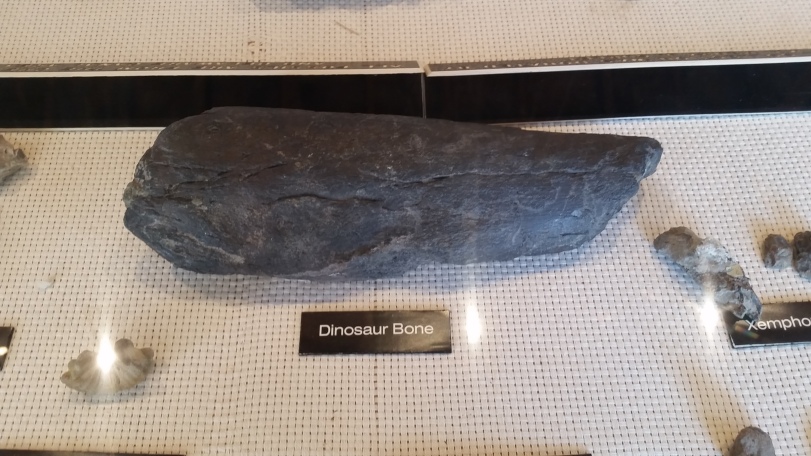 Artifacts and Fossil Exhibit
Artifacts and Fossil Exhibit
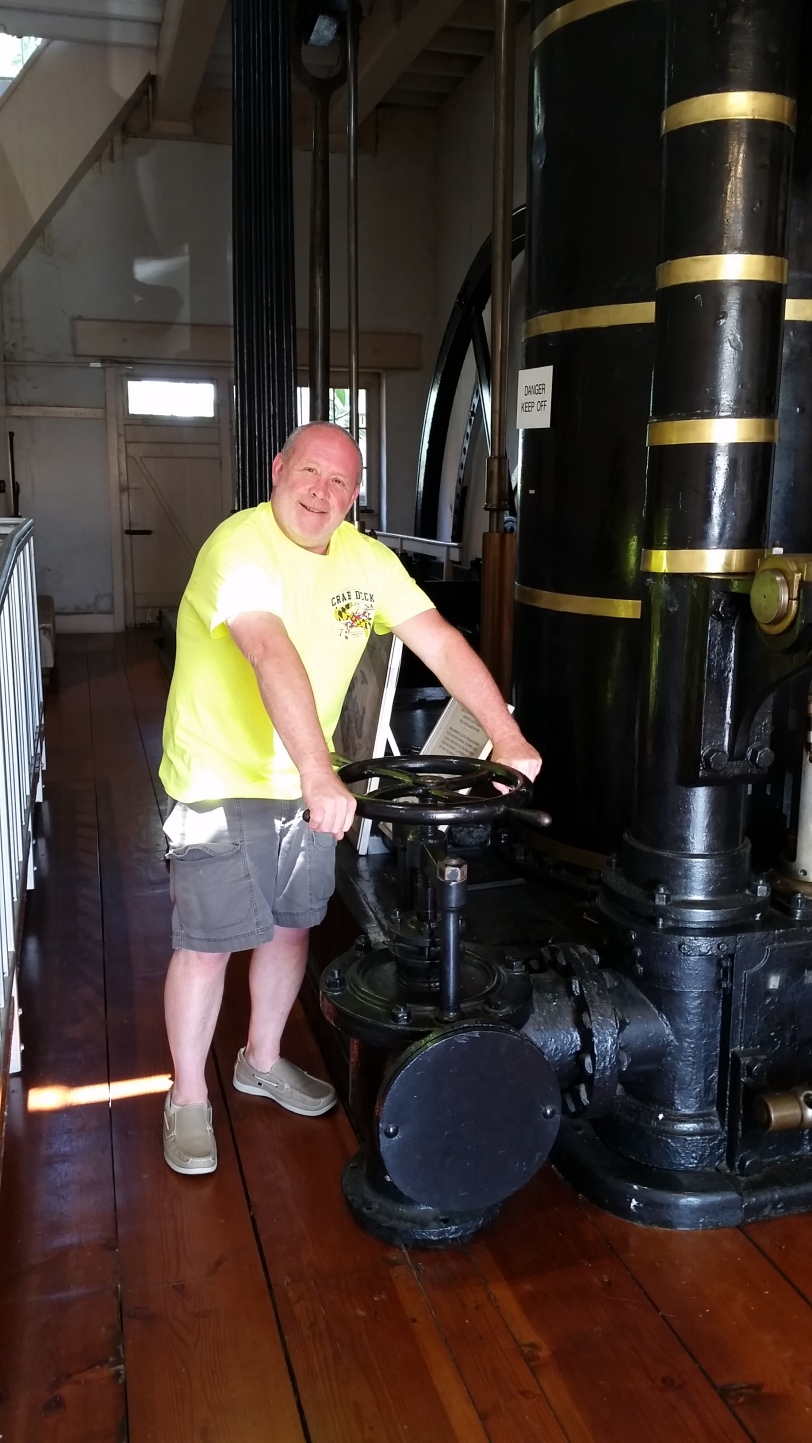
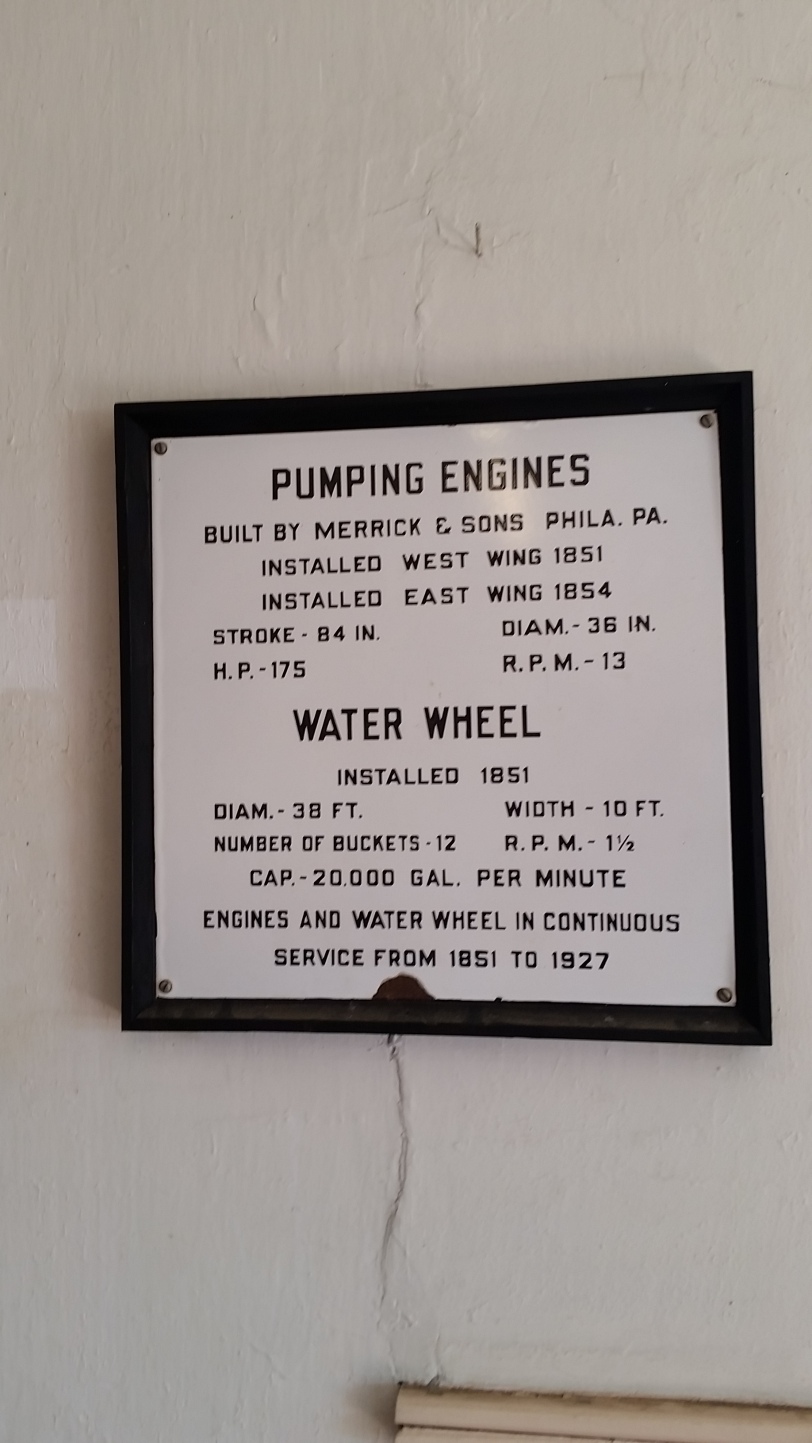


The Saint Georges Country Store
In 2016, my wife and I saw a play at a local theater called Saint Georges Blues, written by Earl Levin, and starring a couple of our friends, Steve Hazzard and Peggy Chiras. We were intrigued by the setting of the story, which is a small country store that was converted into a Cajun restaurant and a showcase for musical talent from around the region and beyond. Located only about 20 minutes from Chesapeake City, we found Saint Georges Country Store to be well worth the trip.

We went on a Tuesday night for our first, but not last, visit. We ate shrimp two different ways (Tuesday is 1/2 price shrimp night) and tuna bites, plus Jambalaya. The food was excellent, and our main server, Jen (from the play!), was very friendly (as were the other patrons), and we really enjoyed the evening’s entertainment, The Old Crispy Minstrels. Overall, we had a fun and satisfying visit to a place that had been on our list of places to visit for a while.
The Old Crispy Minstrels, featuring Bobby Haugh (mandolin, guitar and vocals), Jerry DiAngelo (vocals and guitar) and Howard “Big Izzy” Isenberg (vocals, guitar and banjo), specialize in Americana music from the Blues and Country to rock-n-roll car song classics and original material. The band is worth seeing anytime, but with a steaming plate of delicious jambalaya and a good beer sitting in front of you, The Old Crispy Minstrels provide entertainment that’s hard to beat.
The Old Crispy Minstrels perform at the Saint Georges Country Store most Tuesday nights.
http://www.saintgeorgescountrystore.com/
https://www.facebook.com/The-Old-Crispy-Minstrels-750951501621445/
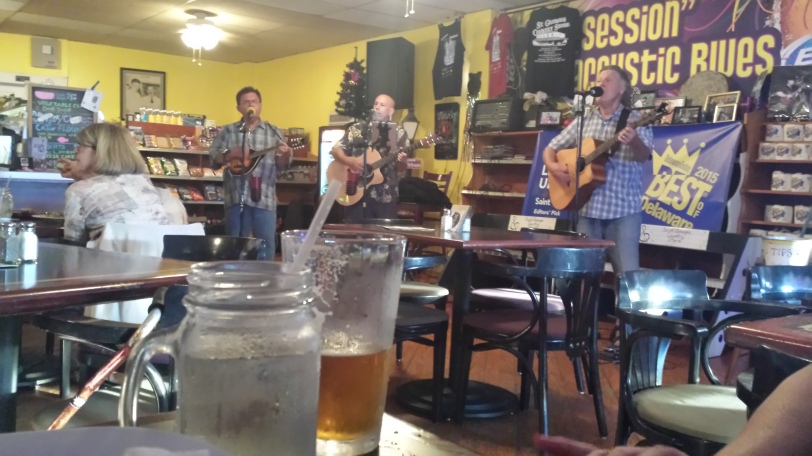
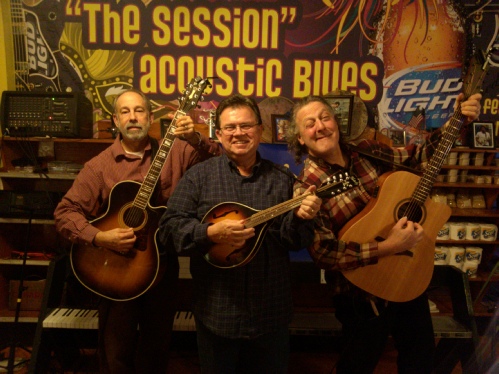

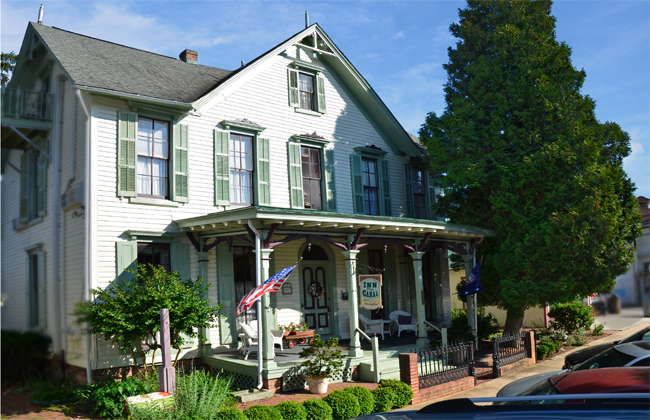

Awesome, story and blog. Thanks Brent. We loved having you and Peggy stay with us. Hope to see you again. Happy Anniversary.
Thanks for the being an important part of our little overnight getaway!
Very nice as always, maybe you should consider being a travel writer!
Thanks, Debbie! I hope to post more in the Touring the Shore category!
Really enjoyed this article. Thanks for sharing, I saw it on facebook.
Thank you, Margaret. I’m glad you enjoyed, and I hope you’ll check out easternshorebrent again in the future.